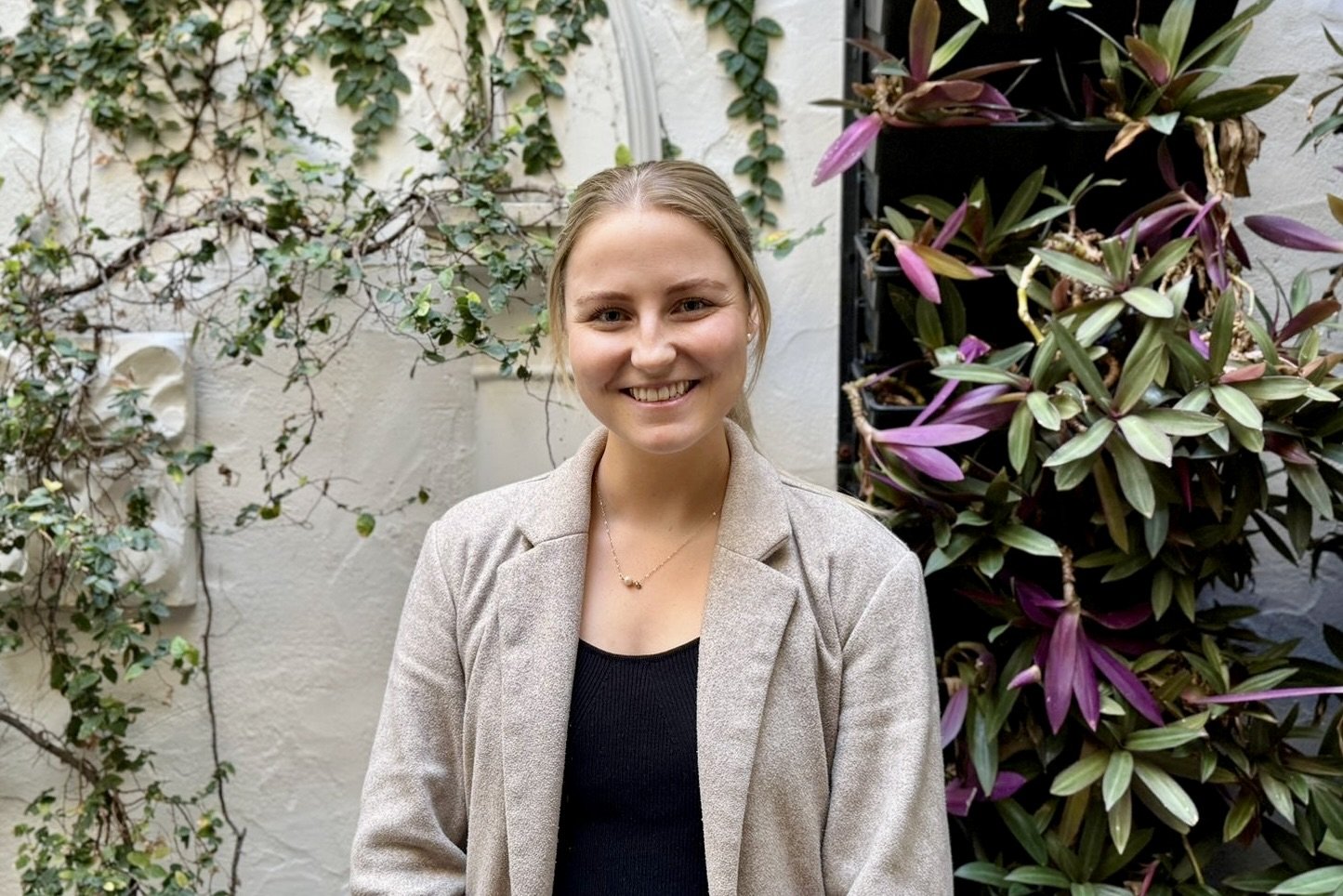
CASA Aviation Eye Examinations
Obtain aviation eye examination approved by Civil Aviation Safety Authority
The Australian Civil Aviation Safety Authority (CASA) regulations require that all pilots with a Class 1 commercial licence and all air traffic controllers with a Class 3 licence must have an aviation eye exam performed by either a designated aviation credentialed optometrist (CO) or ophthalmologist (DAOs).
In the field of aviation, good visual function is necessary for the safe performance of aviation activities: pre-flight checks, take-offs, navigation, landings and the proper use of displays, dials, gauges, and maps in modern cockpits.
The eye exam is a required part of the medical certificate for a Class 1 or Class 3 licence. The pilot eye tests and exams must be performed by a designated aviation credentialed optometrist (CO) or ophthalmologist (DAO).
CASA-credentialed optometrists
Credentialed Optometrists (COs) are trained to perform vision and eye exams for Class 1 and 3 medical certificates. They are formally recognised as trained occupational vision experts. All applicants for Class 1 and Class 3 licences can be assured that the COs have the essential skills to provide the proper vision assessment, exam and vision care to critical staff in the aviation industry.
COs are required by CASA to maintain certain clinical competencies, including familiarity with the aviation standards and CASA’s medical record system and statutory declarations.
Key components of CASA aviation eye exams
What’s included in a pilot eye test:
Visual Acuity Tests:
Distance Vision: Pilots must achieve a minimum distance visual acuity of 6/9 in each eye and 6/6 binocularly (with both eyes) with or without corrective lenses.
Near Vision: Pilots must be able to read N5 vision at 30-50cms (control pad distance) as well as N14 vision at 1m.
Binocular Vision: Assessing the eyes abilities to work well together to maintain fixation and depth perception
Peripheral vision: Assess the ability to detect objects outside the direct line of sight. This is done via monocular or binocular visual field assessment.
Colour vision Assessment: candidates must demonstrate adequate red-green colour discrimination for safe aviation operations. Those with red-green colour vision deficiency detected with Ishihara, and are class 1 or 2 licenses, can go on to have further assessment using Farnsworth Lantern-test or Optec-900. Following this, if the standards are not met, they can consider further assessment with CAD or OACVA. This only applies to licence category 1 & 2. Class 3 must pass Ishihara testing to meet the standards.
Contrast sensitivity: Assessing the candidate’s ability to see adequately in low-contrast environments.
The aviation eye examination
An eye exam for a Class 1 or Class 3 licence typically takes approximately one hour. It involves a full assessment of vision, including binocular vision, peripheral vision and an ocular health assessment.
Remember to bring your glasses and contact lenses (if appropriate) to the exam. CASA requires that you have a minimum of two pairs of glasses and that your vision is tested with both pairs of glasses, so bring all glasses with your current prescription to the exam.
Adrian Rossiter is an aviation credentialed optometrist (CO) with CASA.
Meet the Optometrists
CASA Eye Test FAQs
-
A CASA eye test is a mandatory eye examination conducted by a CASA-approved optometrist to ensure that pilots and aircrew meet the visual standards required for aviation safety. This test is part of the medical certification process overseen by the Civil Aviation Safety Authority (CASA) in Australia.
The eye test is designed to maintain high standards of visual performance in the aviation industry, ensuring that pilots and aircrew can perform their duties safely and effectively. It is a thorough and professionally conducted examination that prioritizes both the health of the eye and the specific visual demands of flying. -
A CASA accredited optometrist is specifically approved by the Civil Aviation Safety Authority (CASA) to conduct eye examinations for pilots and aircrew. This accreditation ensures that the optometrist has the necessary expertise and training to assess vision according to the strict standards required for aviation safety.
-
Although you can get an eye examination by an optometrist that’s not CASA accredited, it will not meet the specific requirements for aviation medical certification. For official CASA documentation and to ensure compliance with aviation safety standards, you must see a CASA accredited optometrist like For Eyes Optometrist.
-
The pilot eye test typically includes:
1. Visual acuity testing for distance, intermediate, and near vision, both with and without corrective eyewear
2. Colour vision testing
3. Night vision evaluation
4. Assessment of ocular health
5. Binocular vision testing
6. Peripheral visual field testing
7. Contrast sensitivity testing, especially in low light conditions
-
Any prescription glasses or contacts that you currently wear/use
ARN number
-
Pilots should not wear polarised sunglasses. This cuts out reflections that are important for recognition, such as reading and interpreting important information within the cockpit.
Multifocals, whilst ok to wear, are often not recommended due to narrowing/blurring of the natural peripheral vision.
-
Yes, but you must have access to a spare pair of lenses that will always give you your best corrected vision when flying.
The risk of contact lens wear when flying is if they accidentally fall out or cause irritation.
Monovision contact lenses cannot be worn for flying as this interferes with your depth perception.
-
Non-polarised sunglasses
Single vision distance lenses- if adequate vision near with them on
Single vision near lenses- look over design, and adequate distance vision doing so
Bifocal glasses- distance and near portions, no narrowing of peripheral vision
-
It can take anywhere between 1-1.5hours
-
No, this assessment is for commercial reasons.
Medicare may be applicable in cases where there are ocular health findings that require further assessment during the appointment.
-
No. At For Eyes, we are a private billing practice. This allows us to prioritising your eye health and gives us the ability to invest in advanced technology, training and spend the right time to understand your concerns.


